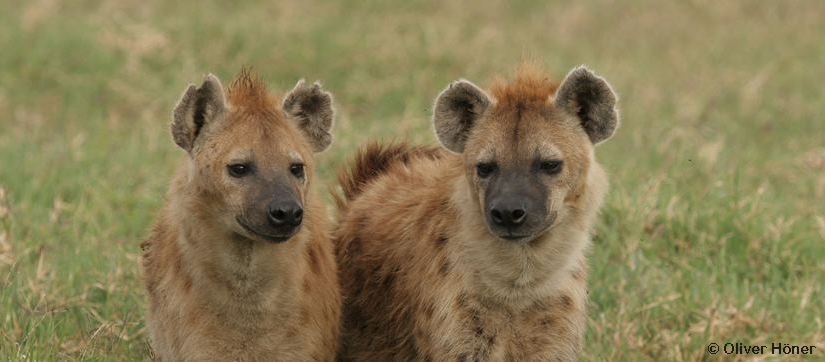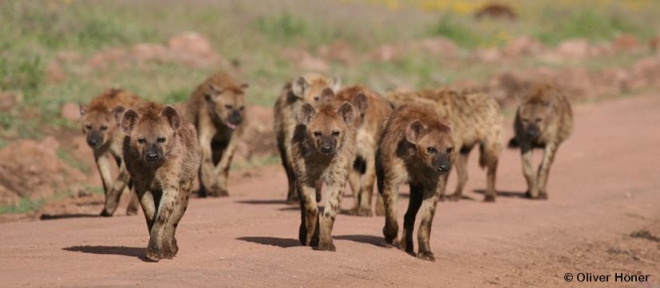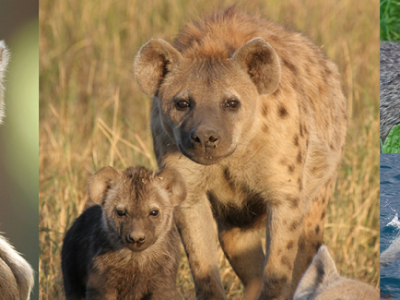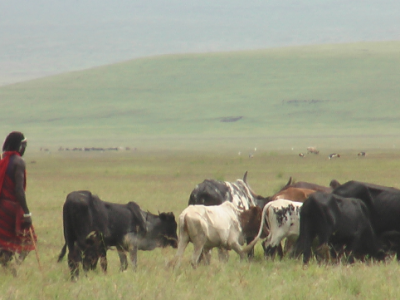Welcome !
We are an international team of behavioural biologists based at the Leibniz-IZW in Berlin (Germany) who have been studying spotted hyenas in the Ngorongoro Crater in Tanzania for 27 years. Spotted hyenas are most fascinating animals. They live in large groups called ‘clans’, are socially highly competent and have extraordinary features like the fact that their societies are dominated by females and that females have a ‘pseudopenis’. Being the most abundant large carnivore they play an essential role in the functioning of some of the world’s most magnificent ecosystems. Learn more about hyenas and our research >
WHAT we study
We have been following the behaviour and life histories of all spotted hyenas of the eight clans inhabiting the Ngorongoro Crater in Tanzania since 1996. This can be highly entertaining and the hyenas’ struggle for high social status, their formation of coalitions and their conspiracies often remind us of the TV series ‘Game of Thrones’. Get to know the “Chubbies”, the “Globetrotters” and our other study clans!
We explore the importance of social rank and social relationships in group-living animal societies, the influence of mothers on the success of their offspring, the costs and benefits of life in group, and how mate choice shapes female and male reproductive tactics. We also study the relationships between hyenas and their main prey, and the influence of human activities and the competition with lions on their survival and reproductive success. And we study the effect of demography, diseases and global climate change on the social and kinship dynamics in our hyena population. Check out our most exciting findings >
HOW we study
All our work is based on detailed observations of the behaviour of spotted hyenas and monitoring of their life histories. For this, it is essential that we individually recognise all hyenas at all times. This is quite challenging given that up to 550 hyenas live in the Crater. But with a bit of practice, anyone can master it! See how we do it >
Another cornerstone of our research is the collection of samples for genetic paternity assignment, assessment of the physiological stress of individuals, and other lab analyses. To collect samples, we apply non-invasive methods only. Thus, our study animals are neither immobilised nor handled, and are not equipped with collars. To better understand how spotted hyenas cope with changes in their biotic and abiotic environment, we also collect fine-tuned temperature and rainfall data and conduct monthly prey surveys across the Crater floor. More about our methods >
We openly share our weather data. Get in touch if you are interested!
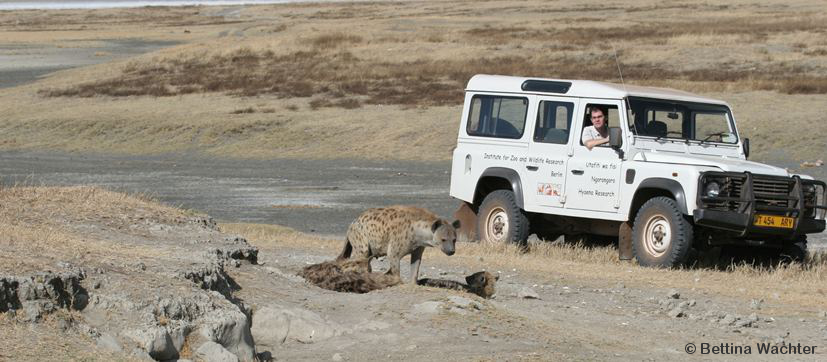
WHERE we study
The 300 km2 large Ngorongoro Crater in Northern Tanzania is the world’s largest intact caldera. It is a highly fertile area that hosts one of the world’s highest densities of herbivores and large carnivores. The weather in the Crater varies between distinct wet and dry seasons over the year. It is a geographically distinct unit, but many birds and mammals (including rhinos, elephants, cheetahs, lions and spotted hyenas) move in and out of the Crater. More about our study area >



